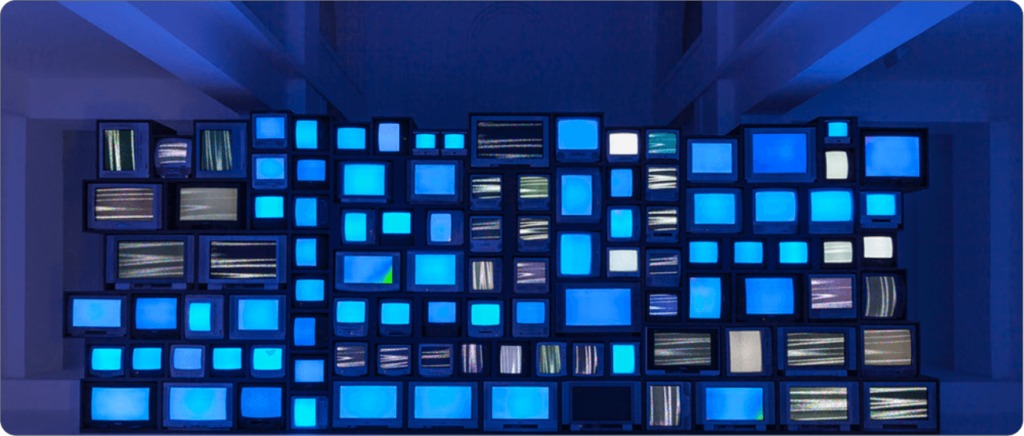Digital Learning content is in its golden age over the next few years. Companies are spending more time on releasing “just in time” content across their platforms, and LMS systems are evolving to house content in many formats on different platforms.
This year, we are going to see many digital learning content trends evolve, but these are the ones Octivo consider the most striking:
1. Interactive Learning
Interactive learning can be simple, or it can be complex based on what you are trying to achieve. You could say a ‘button’ on your course that opens up feedback or a video is interactivity. But really, is that something fun and engaging? The answer is NO (20 years ago maybe!).
The way to solve the interactivity problem is by creating “fully immersive interactive learning experiences” … This is achieved by including animation, interactive video with branching scenarios, along with simple buttons or clicks.
2. Responsive Learning (One Build, All Devices)
So there are a lot of tools out there that allow responsive learning. Using frameworks like Adapt we can create education that is cross-platform on all devices.
The issues that I have with these tools is that 9/10 times they lock you into a certain style, look & feel and structure. It may seem reasonable, and in some cases, it may even look “slick”; however, it limits the imagination and creativity of what the user can do. You can get sick of the style after building 3-4 courses using the tool.
Octivo & other forward-thinking companies are looking to innovate and bring back customised learning content.

3. Seasonal Content
Companies realise they need content that is “just in time” rather than outdated courses from two or three years ago. Having an authoring tool with an LCMS (Learning Content Management System) is a step in the right direction. This will allow learning designers to create content that is seasonal and adapts quickly to the new trends and directives of the business.
For example: Say you worked in a large garden & hardware retailer. In Springtime there might be a new line of lawn mowers that have a range of new features. This provides a unique selling tool. L&D could roll out a micro-learning course on mobile that explains the best practice when selling that item, as people pay more attention to their gardens in spring. This helps in feeding relevant information to the staff to further up-sell to the customers. It’s what we call “just in time” content or Seasonal Content.
4. Infographic Animation/Explainer Videos
Infographics in static mode are awesome and informative. They allow complex problems to be visually laid out and solved via creative patterns and engaging text. You can use characters and objects to explain your key points.
Take this into 2019, and we now need animation and voiceover to help explain the key concepts. Users are 40% more engaged by moving imagery and video, so it is necessary to include animation in your training videos. Use case studies, i.e. “Here’s John, he has a problem”, recommend a solution and conclude the scenario. This is a simple way of coming up with content that engages users.

5. Microlearning 2.0
Microlearning gets thrown around these days, but companies are not getting it. Microlearning should be no longer than 5-8 minutes of video and readable content. The best way to produce microlearning is simple:
- Produce video content in a scenario based environment at the start of a topic.
- Have the user complete a series of micro-interactions or activities that will reinforce what they have just learned
Granted this is not the only way to produce Micro learning. At Octivo we feel this is the most effective.
LMS’s should also be looking to use refresher questions and content a few days after the learning has taken place to make sure the learner is retaining the information. Ever heard of Duolingo? That’s learning done right. Check it out here.
Learning content is starting to take new shapes and forms, with new platforms and virtual systems being theorised. Content in 2019 will be inventive, it will be interactive and it will be fun. Companies are going to add a sense of ‘play’ into the learning, so learners are engaged.
It’s an exciting time to be part of the learning content space!










